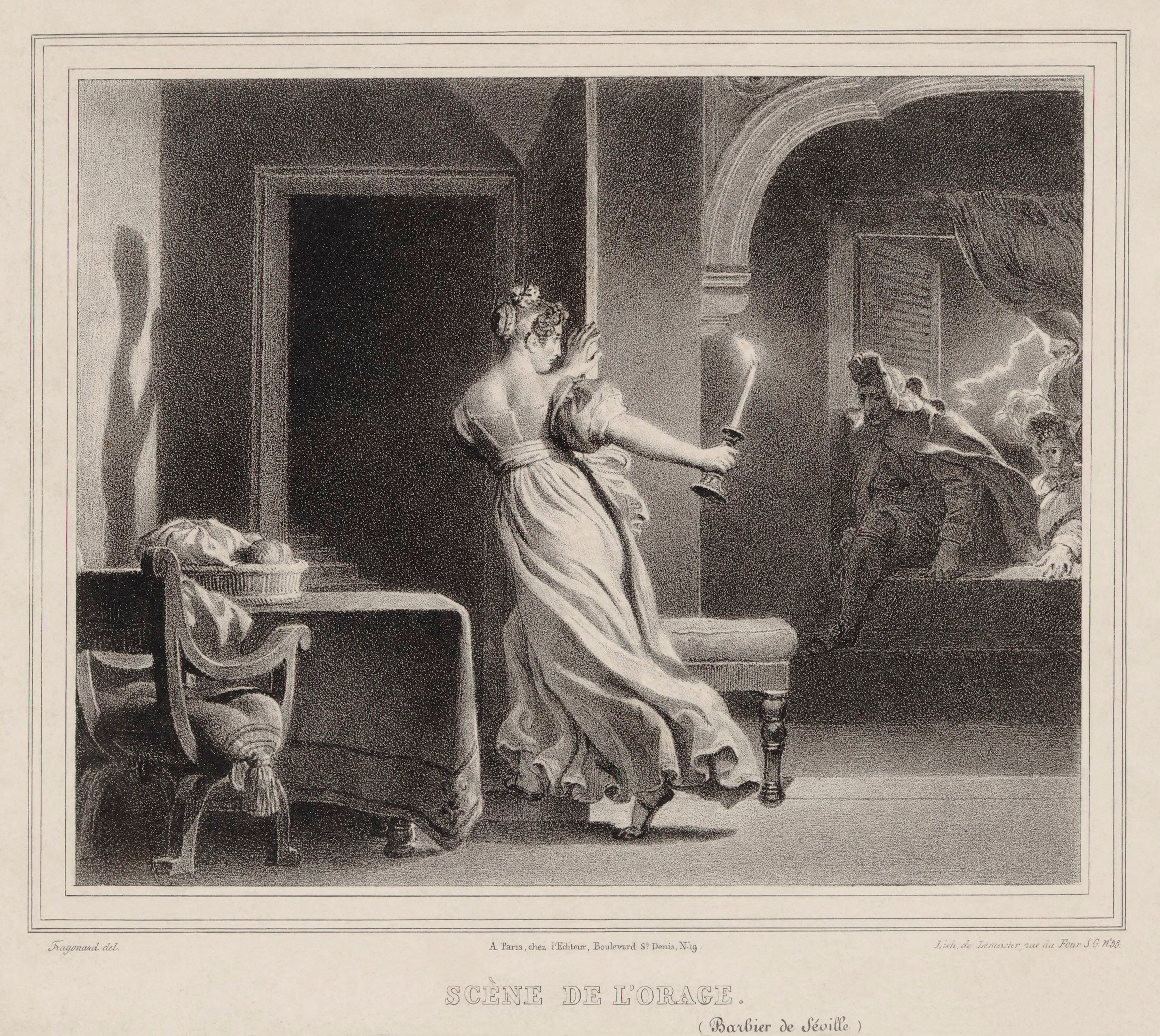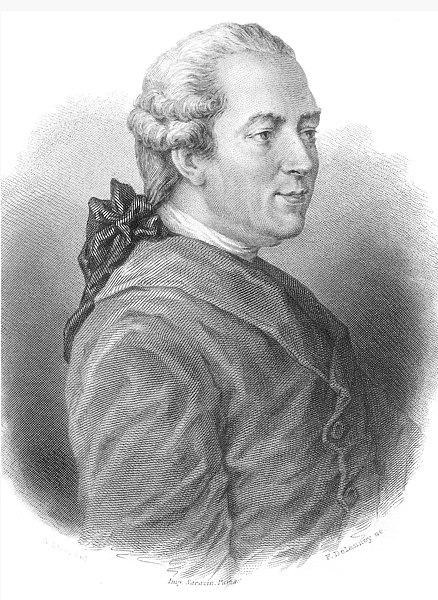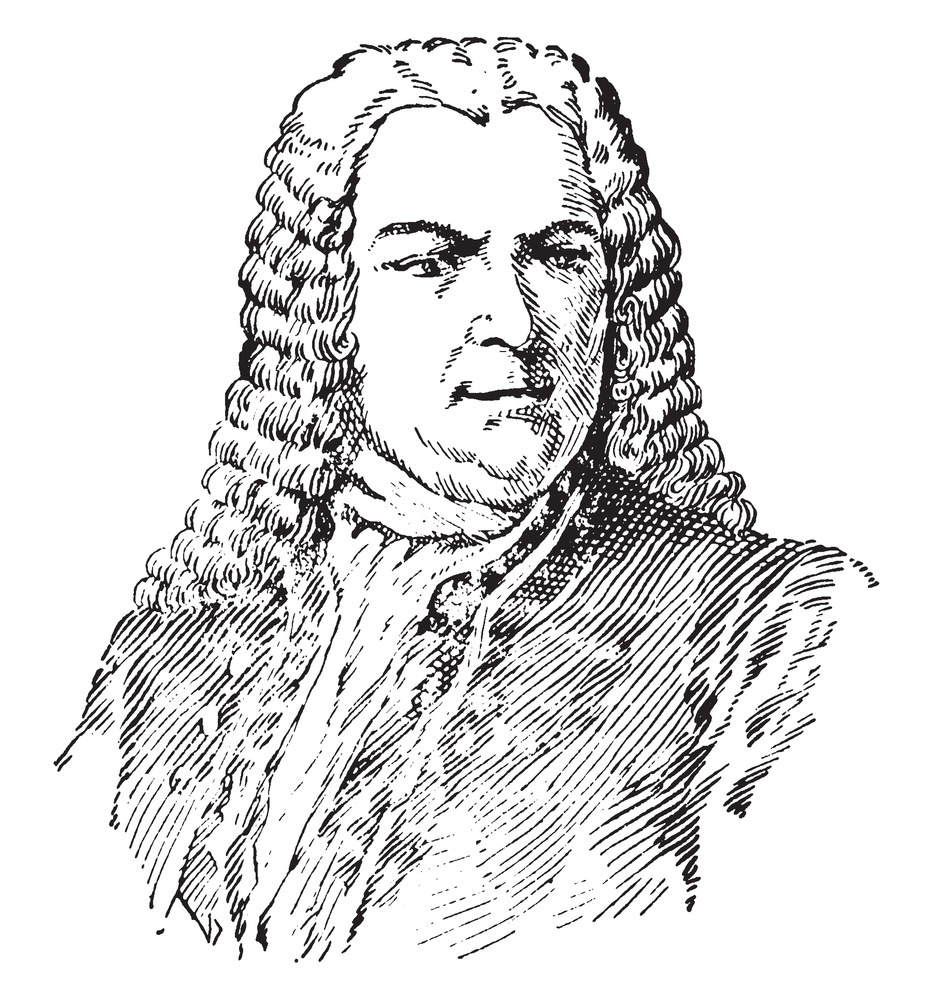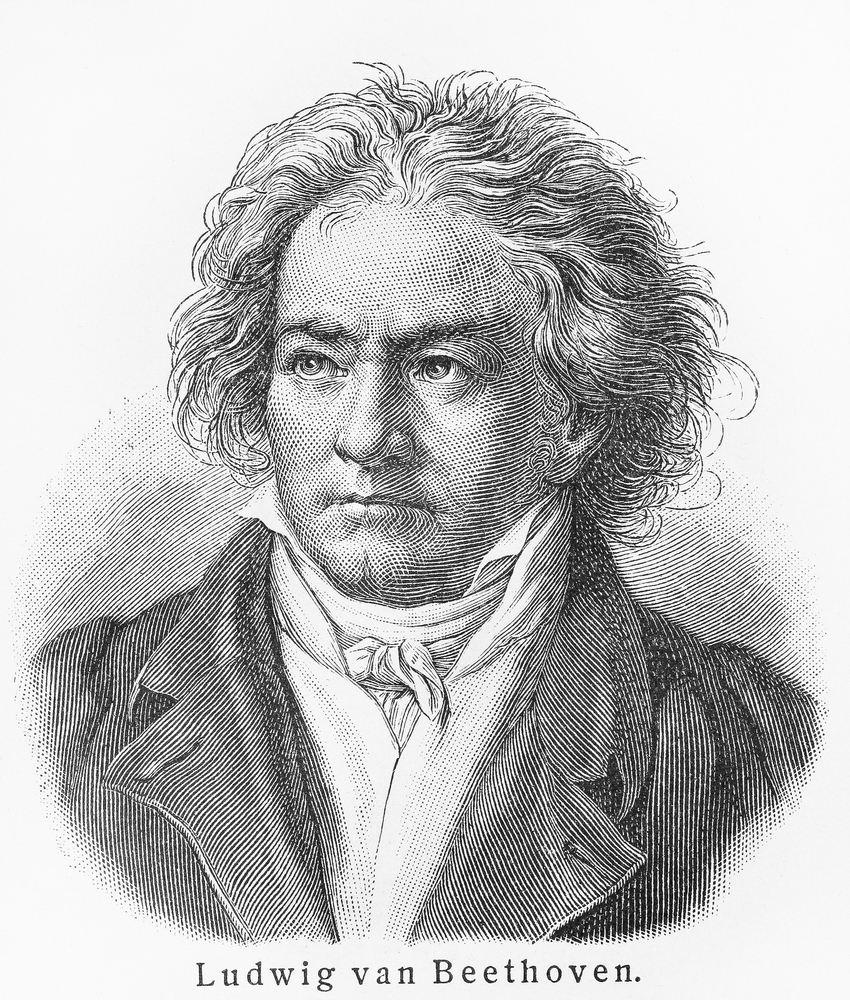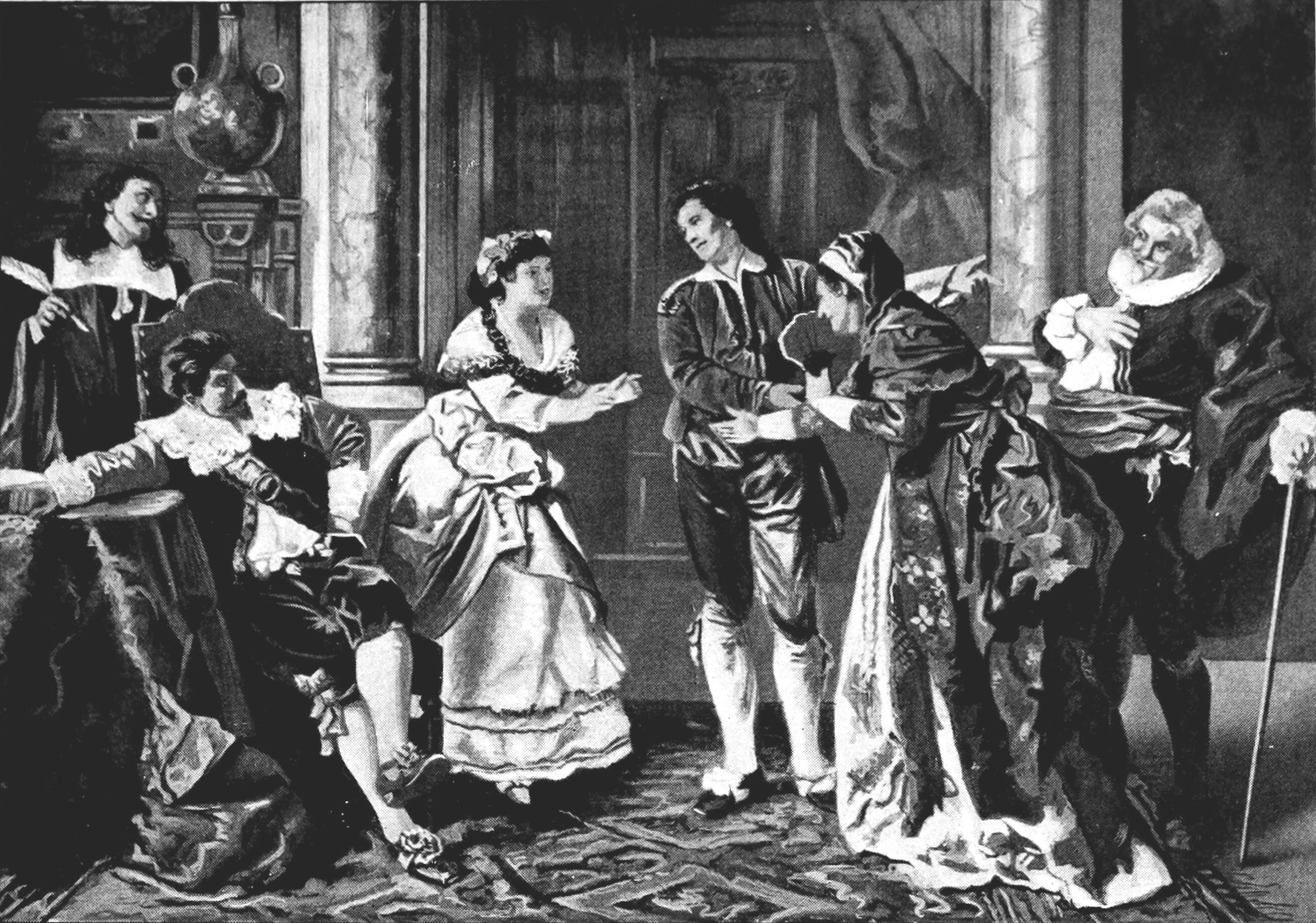
Mozart’s Opera Marriage of Figaro
- Wolfgang Amadeus Mozart (author)
- Pierre-Augustin Caron de Beaumarchais (author)
- Lorenzo Da Ponte (author)
One of Mozart’s most popular operas, with a libretto by Lorenzo da Ponte, based upon the notorious play by Beaumarchais. The play had been banned in 1786 because it questioned the legitimacy and rationality of the aristocracy by making fun of it through the eyes of a common servant, Figaro. This version is a side-by-side Italian and English edition.
Related People
Critical Responses
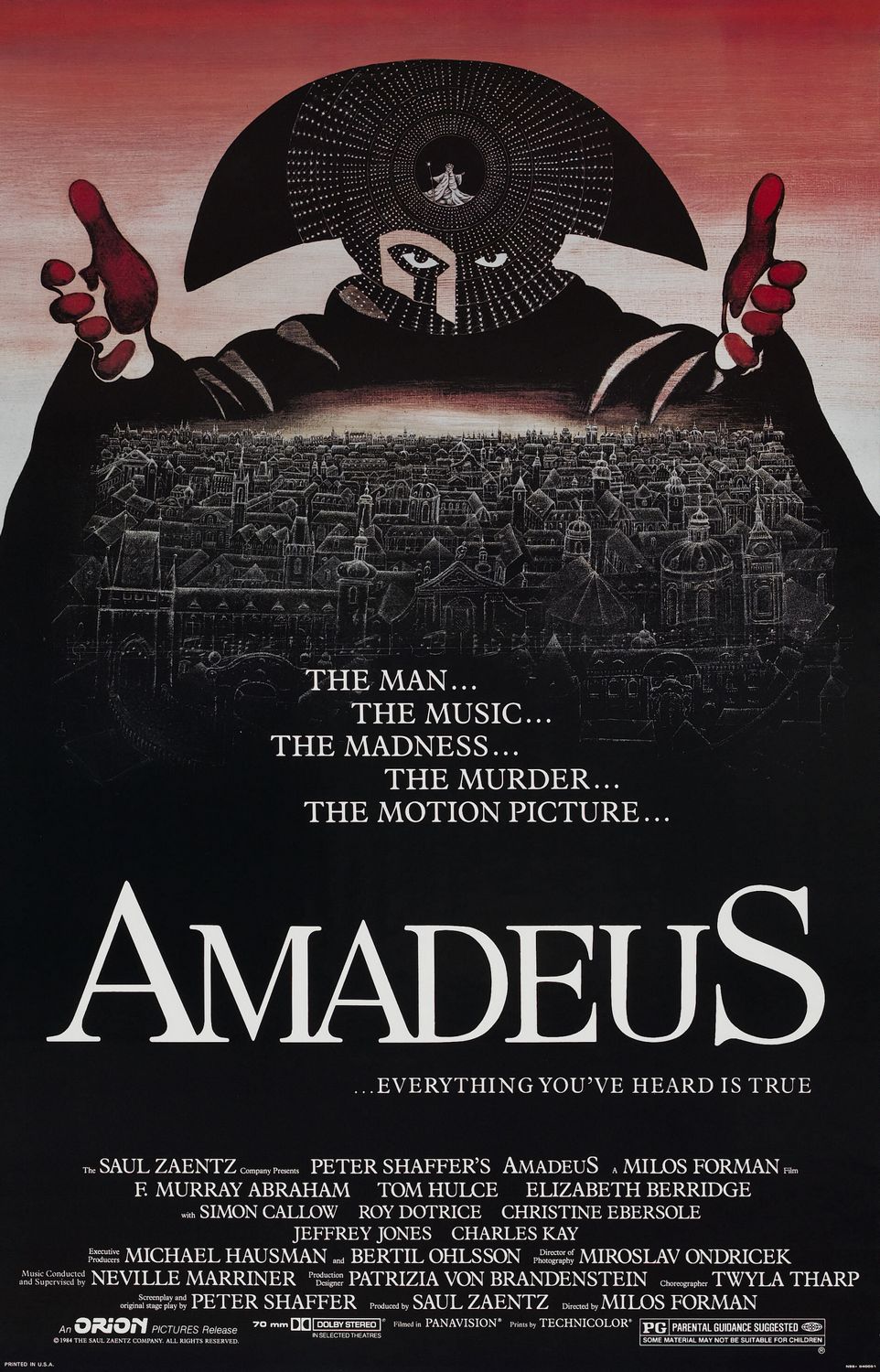
Film
Amadeus (1984)Milos Forman’s film, Amadeus, from Peter Schaeffer’s play of the same name fictionalizes the life of Mozart, particularly his relationship with rival composer Antonio Salieri.
Article
The Fashions of FigaroChristian Lacroix’s costumes for a production of Marriage of Figaro can be seen here.
Connected Readings
